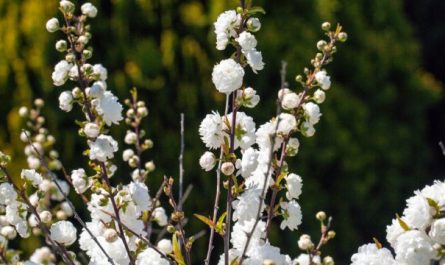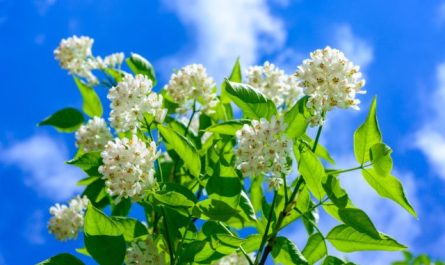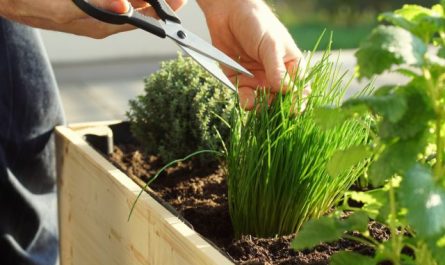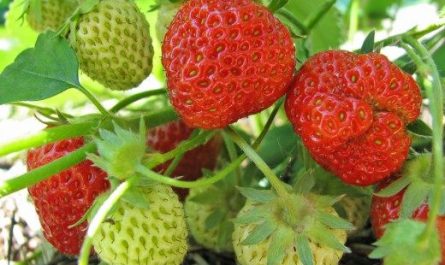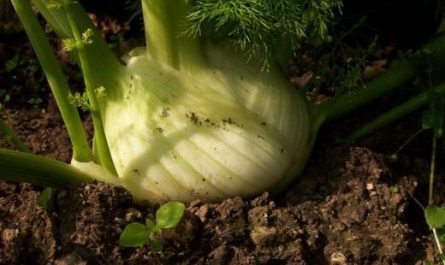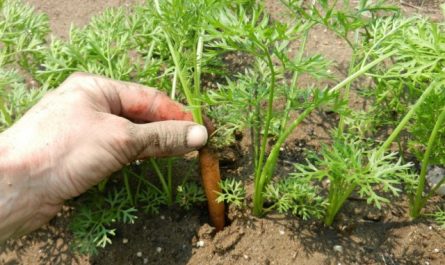Tomatoes are one of the most popular vegetable crops, so they are quite often found in vegetable gardens. And what kind of vegetable garden would it be without a tomato bush?! Indeed, in this case it looks somehow unsightly. Often, summer residents have some kind of competition for the largest fruit, the most delicious, and so on. In general, if you manage to grow tomatoes year after year, getting high yields, skillfully avoiding traps in the form of late blight and other diseases and pests, then you are a real gardener. Do you pick off the lower leaves of tomatoes?

It cannot be said that tomatoes are a crop with complex agricultural technology and increased requirements for cultivation, but you can’t call tomato bushes completely simple either. Take, for example, the issue of removing “extra” leaves: everything seems trivially simple – just tear them off or cut them off, but in reality it turns out that you need to follow the rules and almost learn how to do it. The debate about the need to remove tomato leaf blades and the effectiveness of this “event” is still ongoing. Let’s figure out what, how and when to do so as not to harm the plants, but to help them by tearing off the leaves.
Contents:
Should I pick off the bottom leaves of tomatoes?
Let’s start with finding out the necessity of this procedure in general, is it really necessary for the plant, and for us? As often happens, there are two opinions here – necessary or not at all necessary. But beginners often say that it is better not to touch tomatoes at all, they say, why get into nature, the plant itself will decide how many and what kind of leaves it should have. Beginners often say this for the simple reason that they are simply afraid of harming, well – and from lack of knowledge, of course. Professionals in their field unanimously say that it is necessary to pluck or trim tomato leaves, and this will be useful for both the plant and you and me.
The fact that a number of tomato leaves are still unnecessary and need to be removed is supported by the fact that usually the more leaves and shoots a plant has, the more actively these same plants evaporate soil moisture and absorb nutrients only to feed the vegetative mass and only then pay attention to the fruits. Consequently, often powerful tomato bushes with an abundance of green mass please the owners with a small harvest, and the fruits themselves are not always tasty.
But that’s not all, for example, the lower leaves of tomatoes, due to their sometimes rather large size, quite noticeably interfere with the normal movement and circulation of air at the base of the plants, therefore, they simply slow down the evaporation of moisture from the surface of the soil and the adjacent leaf blades, which creates a favorable environment for the development of fungal infections, including late blight.
In addition, such tomato leaves, if not torn off, when watered or under the influence of raindrops, often bend down to the ground and even touch it, which leads to their rotting, the formation of foci of infection and the development of associated diseases. It has been noted that late blight of tomatoes starts from the lower leaves and gradually rises higher up the plant.
Which tomato leaves should be removed?
If the lower leaves have turned yellow and spots have appeared on them, then they must be removed immediately. This is an ideal environment for the development of most tomato diseases. Yellowed lower tomato leaves, among other things, are often a kind of marker of improper care, that is, if they have turned yellow, it means that you are doing something wrong. In this case, yellowed leaves have already, one might say, died, so they must be removed immediately.
In addition to removing the lower leaves of tomatoes, both healthy and yellowed, it is advisable to remove leaf blades that are starting to dry out: it does not matter where they are located – at the very bottom or slightly higher, and there are also leaflets under them. Tomato leaves sometimes dry out simply due to their age: since they are no longer needed by the plant, you need to help it remove them, otherwise the infection will get to them too.
In addition, you can thin out the middle of the tomato bush, like thinning pruning of bushes, but it is appropriate to remove leaves from the side of the bush that faces north. This will provide better ventilation of the tomato bush and reduce the risk of various fungal diseases and other infections. Fat shoots, if they grow from the very bottom, can also be safely removed, they are of little use, and they draw water and nutrients very strongly.

Benefits of Removing Bottom Leaves of Tomatoes
So, we hope it has become a little clearer why we recommend removing the lower leaves of the tomato, but we have not told you what the advantages of this removal are, and they certainly exist.
First plus – this is that after removing the lower leaves, the plant becomes a little more open, air masses circulate freely at the base of the bushes, moisture evaporates normally from the soil surface and from the leaf blades, the risk of tomato late blight, as well as other infections, is sharply reduced (but does not disappear completely!).
Second plus – this is that we remove tomato leaves that are at risk, because, as we mentioned above, they are usually the first to get sick, this is also a plus in favor of minimizing the risk of late blight appearing on your site.
Plus three – we remove excess parts of the vegetative mass of the tomato bush, therefore, we somewhat reduce the evaporation of moisture by the plants themselves (that is, its consumption from the soil, which is especially important for summer cottages) and reduce the consumption of substances to maintain the existence of these leaves, which leads to the fact that these same substances will go to the formation of fruits.

When to pick tomato leaves and how to do it correctly?
So, we have firmly learned that it is necessary to remove the lower leaves from the tomato bush, now let’s figure out when this can be done and, what is important, how to do it correctly.
Remember firmly that you should never rush to remove tomato leaves: if you remove them immediately after planting the seedlings, you can only make things worse, the plants may well stop growing or slow down significantly. You can remove the lower leaves only when the seedlings grow and get stronger, for this it should take from seven to ten days. You can understand that the tomato seedlings have taken root by the activation of their growth processes.
Before you start removing tomato leaves, inspect all the plants, first of all, remove those lower leaves that for some reason have begun to dry out and turn yellow, here the risk of infection is higher, and only then proceed to removing the lower leaves from healthy plants.
If you still doubt the advisability of removing the lower leaf blades of the tomato, we recommend that you first carry out this procedure with the leaves located on the north side of the bush. The fact is that these leaves, in addition to being located at the bottom, are also located in the shade, so they practically do not participate in the processes of photosynthesis, and therefore are not needed. By removing them, you will definitely not harm the plant.

When removing tomato leaves, do not rush, follow a certain sequence, for example, after removing a couple of lower leaves, do not forget about the plant, watch it. It happens that removing leaf blades from a tomato provokes it to form new inflorescences, such, if the plant is flowering well before they appear, are better removed, since this is an additional and inappropriate load on the tomato bush. You can leave new ovaries only if the flowering before removing the leaves was very weak, fewer inflorescences were formed than usual or than is typical for this particular tomato variety.
Try to remove the lower leaves of the tomato by pressing the leaf stalk at the base and pulling it up, that is, along the stem, and not across it, as if tearing it out of the nest. At the same time, try to support the stem of the tomato and do not pull the leaf very hard, because there is a risk of breaking off or breaking the stem. You also cannot pull the leaves down, if you do this, you can tear off the skin of the stem, the skin will stretch down after the torn leaf and you will get a wound, into which any infection can quite easily and very quickly get.
It is advisable to remove the lower leaves of tomatoes not in cloudy and cool weather, as many people do for some reason, but on the contrary, on a sunny and fine day, but always in the morning (around 7-8 am, when the sun is already shining brightly), when the plants are in maximum turgor. The fact is that on a sunny day, the wound left in the place of the former leaf will heal much faster than on a cloudy day, and the risk of infection in the wound will be minimal.
When starting to remove the lower leaves of a tomato, do not be too zealous, the main rule is to do no harm. You can remove the leaves no more than twice a week, removing or cutting out two or three leaves at a time, no more. Only such removal of leaf blades will not injure the plants too much, and they will survive this procedure without problems.
The main rule when removing the lower leaves of a tomato, which you need to firmly learn, is the following: if the fruits have not yet set in the brush, then on the shoots on which the brush itself is located, it is advisable to remove no more than one lower leaflet, but if all the fruits in the brush have already set, then below this brush you can break off absolutely all the leaf blades, leaving literally a bunch of leaves only on the top. But only below the brush, the lower leaves of the tomato, and not the upper ones.
The first wave of leaf removal can be safely carried out after the entire ovary has formed, and the second wave can be carried out when the tomatoes have finally formed and begin to color. In this way, we will direct the maximum amount of nutrients to the fruits, but at the same time as removing the leaf blades, it is important to moderate the amount of watering, otherwise excess moisture can cause cracking of the fruits. If it rains, then you should completely stop watering the tomatoes and loosen the soil at the base of the plant more often to increase evaporation and prevent moisture stagnation.

So, as we have understood: removing the lower leaves of tomatoes is not only possible, but also necessary, in this way you can solve a lot of problems – provide access of nutrition and moisture to the fruits, improve their taste and weight, increase the yield and even reduce the risk of fungal infection to a minimum. The main thing is to do everything correctly and on time.

